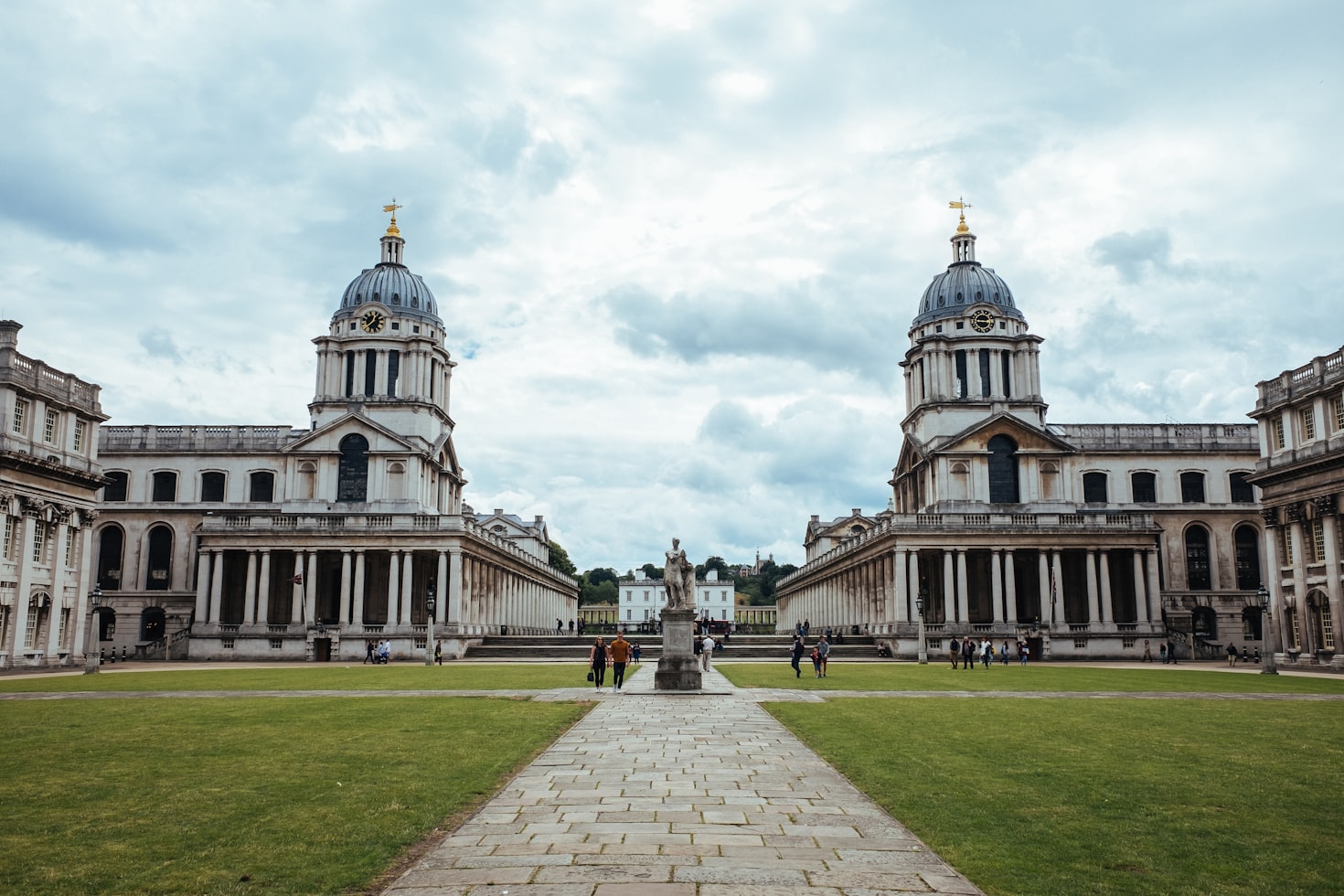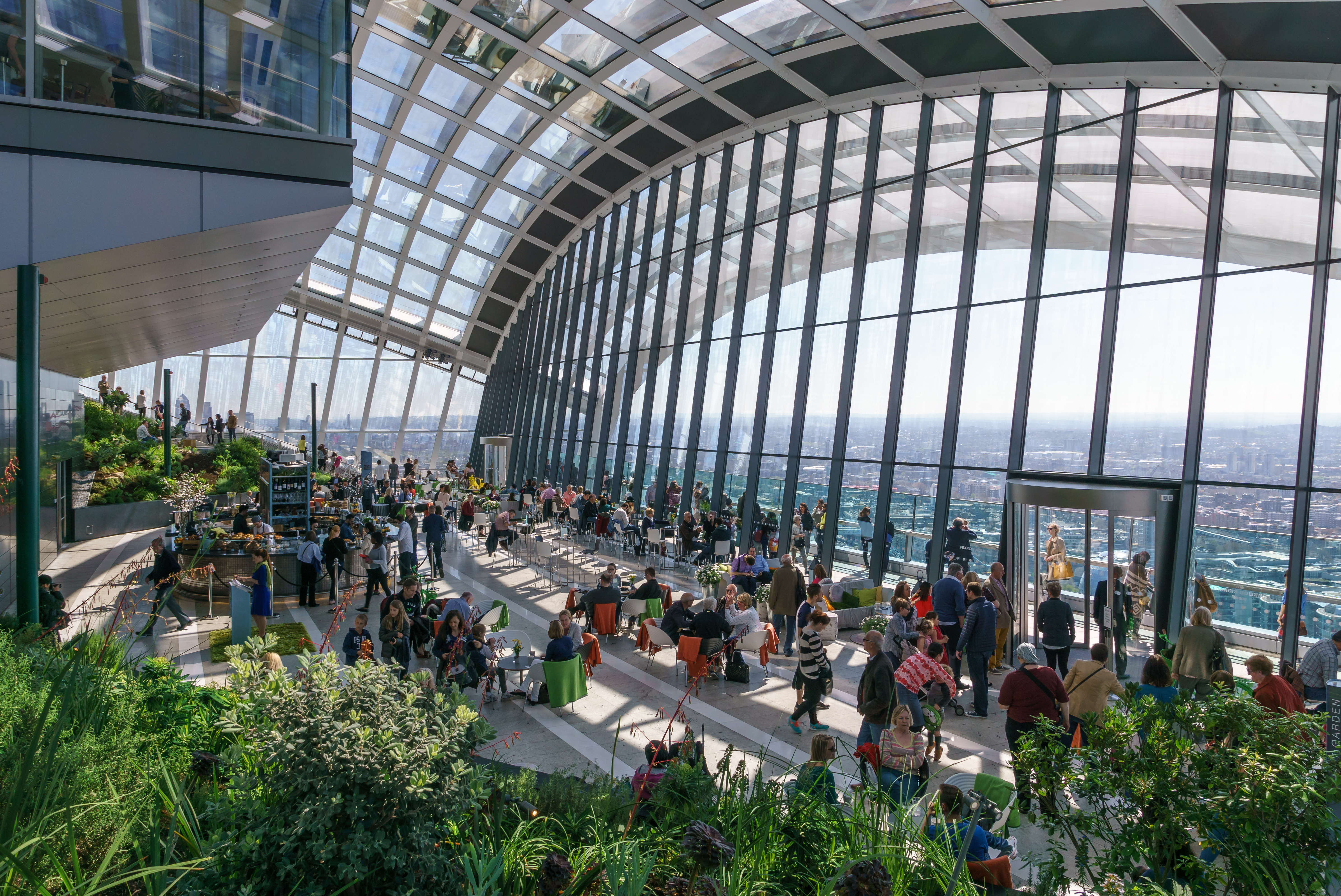6 Places in London Where Nature Feels Closer
The dazzling high-rises and imposing historical buildings of the massive city of London can often feel overwhelming. Yet, would you believe that London is actually 47% green space? If you ever need reminding of that fact, retreat to these leafy parts of the city instead. You may find your very own urban oasis…

1. Richmond upon Thames
London, England
Located in southwest London, Richmond upon Thames is widely regarded as one of the more picturesque corners of the British capital, with more green space per resident than any other London borough. The impressive sight of red and fallow deer herds roaming freely across the grasslands in Richmond Park never gets old. There have been wild deer here since the 1600s, and visitors are asked to keep a respectful distance of at least 50 meters from the animals. At Kew Royal Botanic Gardens , discover a rich world of biodiversity as you walk through indoor rainforests, themed landscapes, and glasshouses lush with over 50,000 living plants. Across town, the London Wetland Centre is a haven for birds, bats, butterflies, and even otters.

2. Epping Forest
London, England
This ribbon of land fusing northeast London to the county of Essex covers almost 6,000 acres and is a Site of Special Scientific Interest, thanks to its natural heritage. With certain pockets dating back to the Iron Age, Epping Forest is as thick with stories as it is with the presence of trees. Holly, hornbeam, beech, birch, and oak are the most populous species here, with animals like buzzards, newts, and muntjac deer living amongst them. Try a spot of shinrin-yoku—the Japanese art of forest-bathing—or simply take your pick of the nine circular trails to explore. Stop by the Visitor Centre in Chingford when you arrive, where helpful staff are on-hand with all the know-how you need to plan a memorable day.

3. Chelsea Physic Garden
66 Royal Hospital Rd, London, England SW3 4HS
Once used by apothecaries and their apprentices for the growth and study of medicinal plants, Chelsea Physic Garden is London’s oldest botanical garden, founded in the 17th century. Behind its protective walls lives a collection of 4,000 plants hailing from all over the planet, including those which are edible, endangered, healing, or hallucinogenic. It is a custodian of both the country’s largest-producing olive tree and the most-northerly outdoor grapefruit tree in the world, and the Garden’s eco-conscious philosophies have earned it a gold certificate for Green Tourism. Don’t miss the pond rockery, where alpine and Mediterranean varieties sit amongst stones from the Tower of London and Tahitian clamshells.

4. Greenwich
Greenwich, London, UK
As the name would suggest, so much of Greenwich is parks, woodland, and heath. The southeast London borough boasts not only its own designated Royal Park, but also a host of nature reserves, ancient forests, fields, and gardens. Greenwich Peninsula Ecology Park holds an unlikely position in the middle of a contemporary housing development, but is nonetheless teeming with wildlife given the freshwater marshland habitat it cultivates. Some areas of Oxleas Wood in Eltham are thought to be over eight millennia old, creating an ethereal destination for a weekend walk. Visitors to Greenwich Park come for the spectacular views, but stay to admire its natural beauty. It is within easy reach of the River Thames and the many fascinating sites that make up Maritime Greenwich .

5. The Regent's Park
London, UK
In The Regent's Park , it’s not unusual to see squirrels gallivanting among the trees, but it’s home to some rather more unexpected species too. Visit ZSL London Zoo to observe African hunting dogs, penguins, and lions going about their business—you could even stay overnight in an on-site lodge. Regent’s is also the only Royal Park in central London with a breeding population of hedgehogs, who are well looked after by a volunteer army of ‘Hedgehog Heroes.’ Stop to smell the thousands of roses in Queen Mary's Gardens , whose blooms are busting out all over come June. Depending on the season, you could also make like the local waterfowl by gliding out onto the lake, as hiring a boat or pedalo is a popular activity.

6. City of London
City of London, London, UK
This may seem like a wildcard—given the City of London is known for being more of a concrete jungle than a plant-based paradise—but you’ll be surprised by what’s hiding in the remnants of old Roman London. There is Saint Dunstan in the East , a bombed-out church whose ruins have been reclaimed and transformed by nature. If you have a head for heights, take a short walk from here to 20 Fenchurch St . At the top of this 38-story skyscraper is the Sky Garden : London’s highest public garden. If that’s not enough CO2 for one day, a trip to the Barbican Conservatory should certainly do it. Housed within the brutalist Barbican Centre six floors above their main theatre, the setting is every bit as dramatic as you’d expect.
{$section.placeName}
{$section.address}
{$section.addressNotes}
{$section.description}